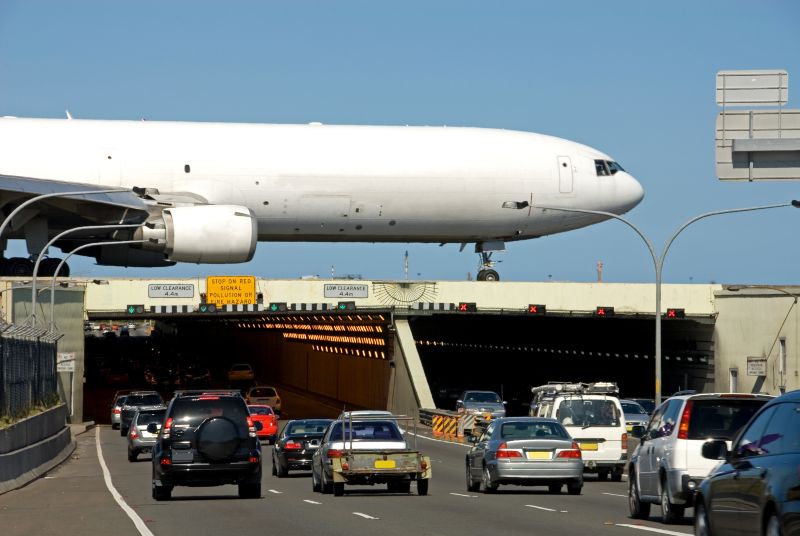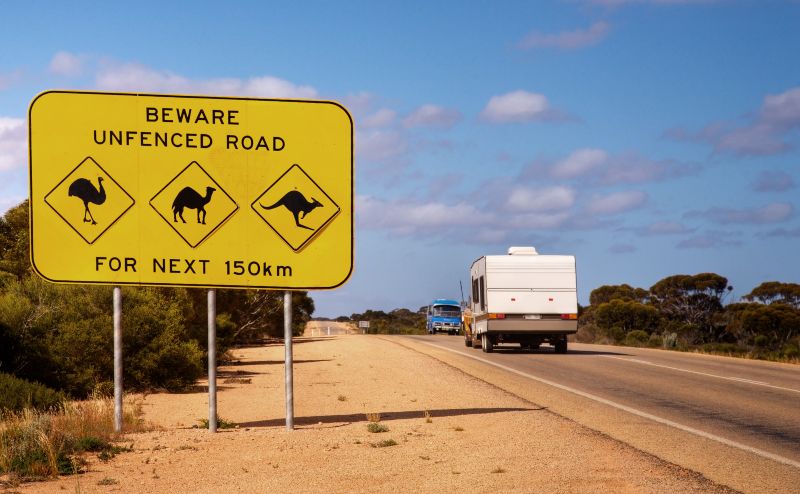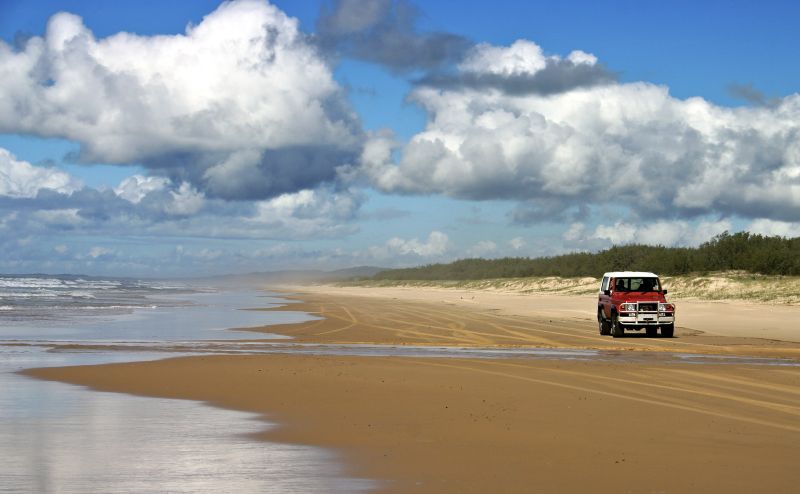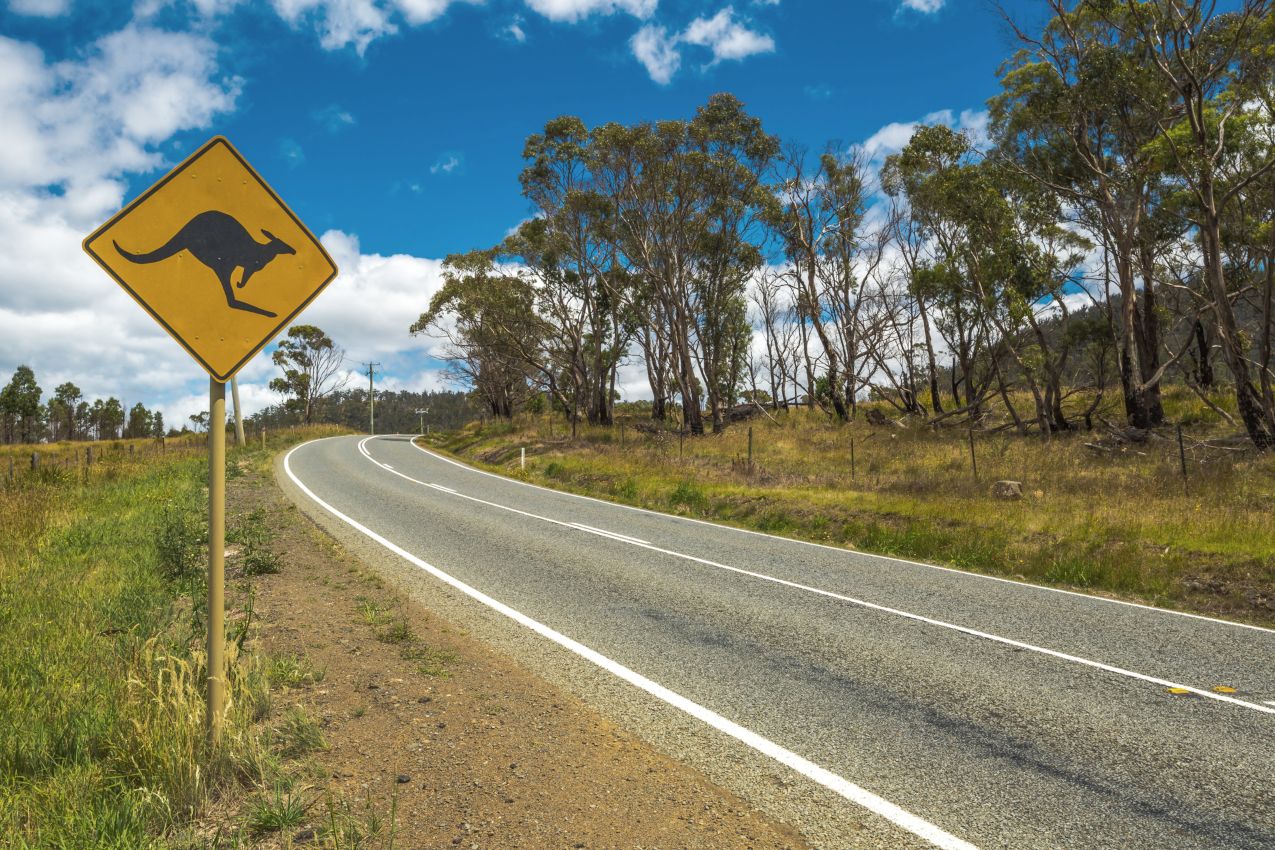Driving can be the perfect way to travel. Our guide to driving in Australia will help your get your head around all the main uses and conditions you will find when you hit the roads Downunder. Having your own car means that the pace is under your control and you can stop off whenever you see something interesting.
This page may contain affiliate links. Read our full disclosure policy for more information.
Everything you need to know about Driving in Australia
When you’re visiting the land down under, one of the first things you’ll notice is that driving in Australia is a little different from driving back home. And if you want to have a safe, comfortable, problem-free holiday, then you need to understand the most important differences.
Do you need an International Driving Permit in Australia?
You can drive in Australia with your overseas driver’s license as long as you obey all the conditions on your license as well as the local laws. However, the rules can be a little different from one state to another, so check the state guidelines for the area you intend to visit.
If your license isn’t in English, then you will need an official translation certified by an Embassy, Consulate, or an accredited translator. You can also easily get an international driving permit in Australia and use that along with your overseas driver’s license.
How do road tolls work in Australia?
There are electronic toll roads in Australia. If you’re renting a car, then your provider may include an electronic tolling device with the vehicle, and you will have to pay a small administration charge.
If you don’t have an electronic tolling device, then you can pay online within 24 hours of passing the toll. Otherwise, the fee will go to your car hire company, who will charge your credit card. Failure to pay a toll in time can incur a fine which is often a lot more than the toll itself.
If you want to avoid toll roads, then watch out for their road signs. In Victoria, toll roads are marked with blue signs with gold lettering, and in Queensland and New South Wales, they have a red on a yellow background.
Basic tips for driving in Australia
Before you get behind the wheel, you’ll need to know the essential tips for driving in Australia:
Drive on the left
In Australia, as in most former British colonies, we drive on the left side of the road and sit on the right side of the car (except in a few foreign car models).

Another thing to remember we pass on the right and stay in the left-hand lane on multi-lane roads unless overtaking.
Spend some time learning the road signs and rules
You must read and follow the signs on Australian roads as they will warn you of danger and tell you what speed you can travel at (measured in kilometres). So, before you head out driving in Australia, make sure that you understand the meaning of common road signs. This site will give the basics and link to the specific rules for each state.

Speed limits in Australia
When you’re driving in Australia, you’ll find that speed limits are highly variable. Some roads will have signs that tell you the limit, but many residential streets won’t. Here’s a guide to how fast you can go in different areas:
- If you don’t see a sign, then the speed limit is usually 50km/h.
- School zones are marked at the start, and the end and have a speed limit of 40km/h.
- The speed limits on outback roads vary, so check for signs.

All signs refer to kilometres per hour. You can check a full list of speed limits around the country here.
Mobile phone use while driving
It is illegal in Australia to tour your phone while driving. There are large fines ranging from A$250 -A$534 depending on the state.
Using a mobile phone while driving increases your risk of a crash four-fold, irrespective of whether a hands-free kit is used.
If you use your phone for any purpose while in the car, you must be hands-free, there are cameras to snap phone use so just don’t risk it a fine or an accident!
Rules about seatbelts in Australia
You must wear your seatbelt anytime the car is moving or stationary but not parked. Even passengers will be fined if they don’t comply.
Special rules for driving with children
Adults are responsible for making sure that kids wear their seatbelts or approved child restraints. Here are some general guidelines for child restraints in cars:
- Babies under six months must not sit in the front of the vehicle.
- Between the ages of six months and four years, your child should sit in the back, but can sit in the front passenger side in an appropriate car seat if there are no airbags.
- Kids between the ages of four and seven can sit in the front in an appropriate seat when younger children are sitting in the back seats or if the car only has a single row of seats.
- Children seven and older can sit in the front as long as the seatbelt fits them correctly.
Drinking and driving rules in Australia
Don’t drink and drive in Australia. If your blood alcohol concentration is more than 0.05%, then you’re over the limit and could get fined or lose your licence. Everyone’s alcohol tolerance is different, so it’s easier and safer to catch a taxi or have a designated driver if you intend to drink.
Random drug tests are also conducted roadside. These tests detect:
- THC (Delta-9 tetrahydrocannabinol), the active component in cannabis
- Methamphetamine, which is found in drugs such as ’speed’, ’base’, ‘ice’, and ‘crystal meth’
- MDMA, a drug commonly known as ecstasy.
If you test positive roadside, you are taken for further testing. Fines are hefty, so please consider this.
Roundabouts: Why are we driving in circles?
Roundabouts can be one of the scariest parts of driving in Australia. Smaller roundabouts with a single lane are simple; just go around the circle until you reach the exit you want.
But roundabouts with two lanes can get confusing. As a general rule:
- Stay in the outside lane if you want to take the first or second turn.
- Get in the inside lane if you want the third turnoff.
- Try not to panic!
Driving in the Country
Australia is a vast country with a lot of empty land between cities, towns, and states. So, if you’re planning on driving in Australia, you need to prepare a little differently than you would in a country where the cities are a few minutes apart.

Here’s what to remember:
- Drive slower at dusk and dawn as this is when animals tend to cross the road and are harder to see.
- Avoid crossing creeks and rivers if you can; they’re probably full of crocodiles, and you don’t want to have to get out and push your vehicle.
- Stay on the main roads so you can get help easily if you need it.
- Make sure you have emergency supplies like an electronic map, radio, paper map, extra tyre, jack, water, and some food.
- Fill up your car’s fuel whenever you can as it may be a long time before you reach another petrol station.
- Check your tires every morning.
Local tip: Keep an eye out for Driver Reviver stands. This service is operated by volunteers who provide tea, coffee and biscuits for a quick caffeine and sugar hit.
Off roading in the Outback
Australia has lots of open spaces where you can go off-road and explore on your own. If you’ve never travelled off-road before, then you’ll need some special tips for driving in
Australia, particularly in remote desert areas:
- Talk to your car hire company beforehand and make sure you get a vehicle that suits the terrain.
- Plan where you’re going and tell someone your route and expected arrival times.
- Drive slowly when you encounter obstacles for the best chances of getting through.
- Take emergency supplies including water, food, and a 2-way HF radio with Flying Doctor and Telstra frequencies.
- If you break down, stay with your vehicle.
- Stay away from creeks and rivers to avoid encounters with crocodiles.

Driving in Australia can be a fascinating experience filled with ancient, seemingly deserted stretches of landscape and weird, wonderful animals. It’s one of the best ways to explore this vast and varied country.
Renting a car in Australia
If you are looking to rent a car while you are in Australia we recommend you check out the offerings on Discover Cars. Their tool lets you search over 500 car rental agencies in Australia and find the right type of car at a competitive price.
Related: Check out our guide to Sim Cards for travellers – a phone and data plan is good insurance on a road trip.
Got a question? Head over to our Australia Travel Tips Facebook Group and ask a local.

